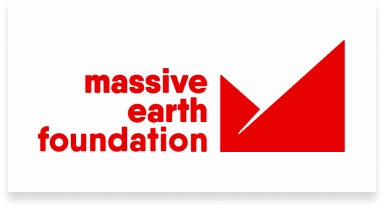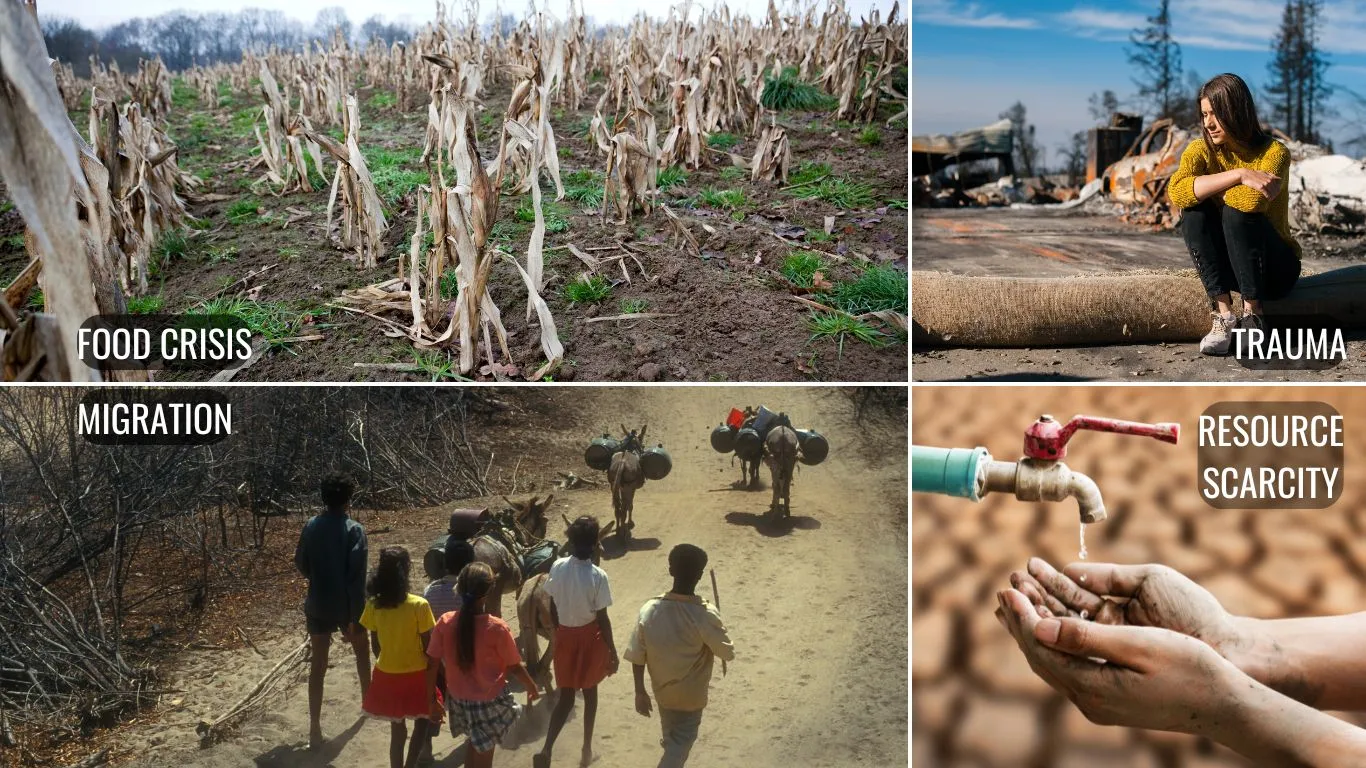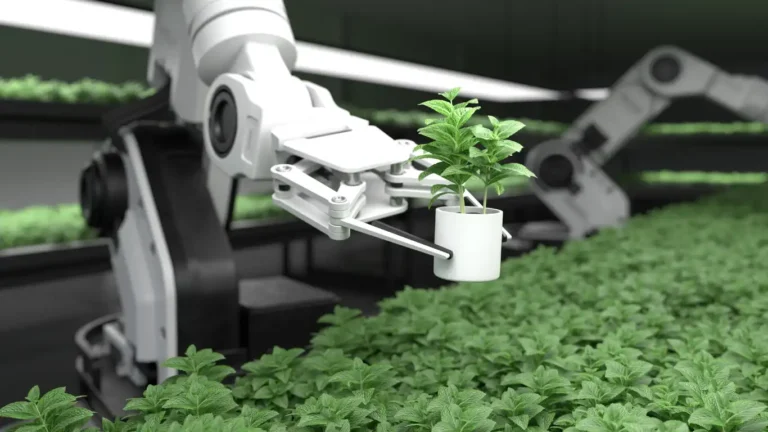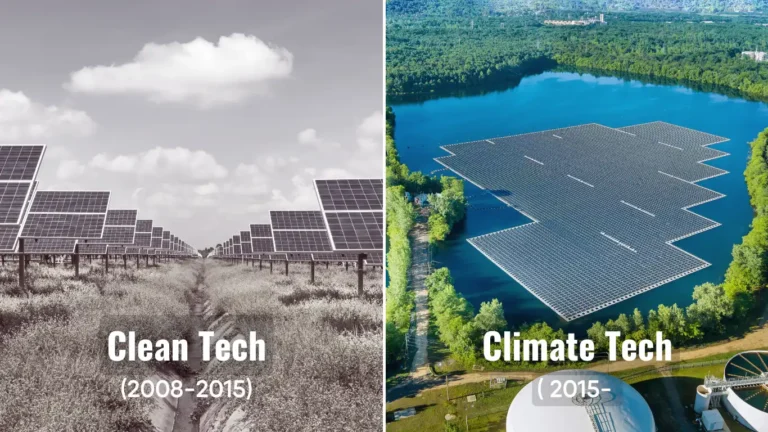INTRODUCTION
Climate Change is a planetwide global problem that affects everyone. It is not limited to a specific region, nation, class, or natural border. All species, be they plants, animals, mammals, or insects, experience the impact of climate change in their lives. While some of the effects of climate change are obvious and much talked about, such as the melting of polar ice caps, rising sea levels, and hotter temperatures, many far-reaching consequences of global warming are still left unexplored. Here’s a list of 10 ways in which climate change can impact our health due to the compounding of various ecological, economic, and social factors.
DESTRUCTION, INJURY, AND DEATH
Climate change can have a direct impact on human beings and human activities. The continuous increase in temperature and other complications can result in flooding, storms, wildfires, droughts, and other natural disasters. Human settlements are simply not prepared to deal with these problems on a large scale. Thus these disasters can result in large-scale destruction, infrastructural damage, and loss of habitat. They can disrupt everyday activities, break down communication, and trigger city-wide, nation-wide, or even global chaos resulting in injury and even loss of life. Furthermore, the destruction can lead to long-term traumatizing effects, even forcing human settlers to migrate and abandon their homelands. If things do not change, then even by 2030, some parts of the world may experience threatening natural conditions and calamity.
HEATWAVES & HEATSTROKES
Post the Industrial Revolution in 1800s, human begins have been burning fossil fuels to generate energy. This energy creates the electricity which powers our machines, cities, and homes. It gives the fuel that keeps our cars running and provides all the juice necessary to power the modern world. Unfortunately, the burning of fossil fuels also results in greenhouse gas emissions where carbon, methane, nitrous oxide and other gasses disperse in the atmosphere and remain there for a long time. These gasses act like a blanket which traps heat resulting in increased planetary temperature.
The increase in temperature is not homogenous due to which some areas are much hotter while others become humid due to evaporation. This combination of heat and humidity is deadly because it prevents the human body from releasing its internal heat by way of sweating. As a result, body heat remains trapped inside leading to exhaustion, dehydration, and even death. The pent-up bodily heat and intense heatwaves can result in life-threatening heatstrokes where children, the elderly, and people with underlying conditions are highly vulnerable. Furthermore, intense heat and suboptimal temperatures can also result in cardiovascular diseases like heart & kidney failure leading to serious complications and death.
As the whole world shifts its gears to achieve developmental goals, the need to limit global warming to 1.5-2°C is obligatory. All nations must do what is necessary to ensure the same.
MOSQUITOES, DISEASES, AND BACTERIA
Heat and humidity are fertile grounds for insects like mosquitoes and ticks to breed and thrive. Rising temperatures caused by global warming and regions affected by climate change will result in the proliferation of these insects and bacteria. Mosquitoes, in particular, are the primary contagions of vector-borne diseases like malaria, dengue, yellow fever, and chikungunya. Thus, as more and more areas are impacted by climate change, the threat of vector-borne diseases will also increase.
Furthermore, hotter temperatures will negatively impact non-human ecosystems as well. Natural habitats and livable space will shrink due to climate change forcing species to abandon and migrate. This will result in growing proximity between the human and animal world, resulting in human-animal conflict and other complications. For instance, migrating animals may carry germs, bacteria, and unknown pathogens with them exposing human beings to widescale zoonotic diseases. The recent COVID-19 global pandemic is an example of the same which is supposed to have come from bats.
The far-reaching, deadly, and invisible impact of germs, bacteria and diseases is explored in H.G. Wells’s novel called War of the Worlds. The alien species come from Mars and dominate planet Earth bringing all nations down to their knees. In the end, what comes to the rescue is not technological advancement or intellectual superiority but the invisible germs and bacteria. Human bodies are well adjusted to common viruses like flu and bacteria but the same proves deadly for alien species who die out because of fever and cold. The same may be true for human beings if some non-native animals bring unknown germs because of forced migration triggered by climate change.
TOXIC WORK ENVIRONMENT
We are all familiar with the idea of a toxic working environment. As greedy corporations and individuals embark on aggressive approaches to expand their business, butcher natural resources, destroy the planet, and work their employees to death, more and more people are voicing concerns about work-life balance and toxic work environment. Here, the work environment has more of a metaphorical angle attached to it, but there is a literal meaning to the work environment as well.
In order to lead a happy life and earn money, we all have to go to work and perform our jobs. However, the nature of jobs is not the same for everyone as they are determined by various factors like merit, class, caste, gender, race, and various other socioeconomic factors. While some of us enjoy the benefit of sitting in air-conditioned office spaces and cabins, others work in harsher working conditions. So people on field jobs, like farmers, construction workers, and daily wage labourers have to endure heatwaves, cold, rain, and other extremities of the environment.
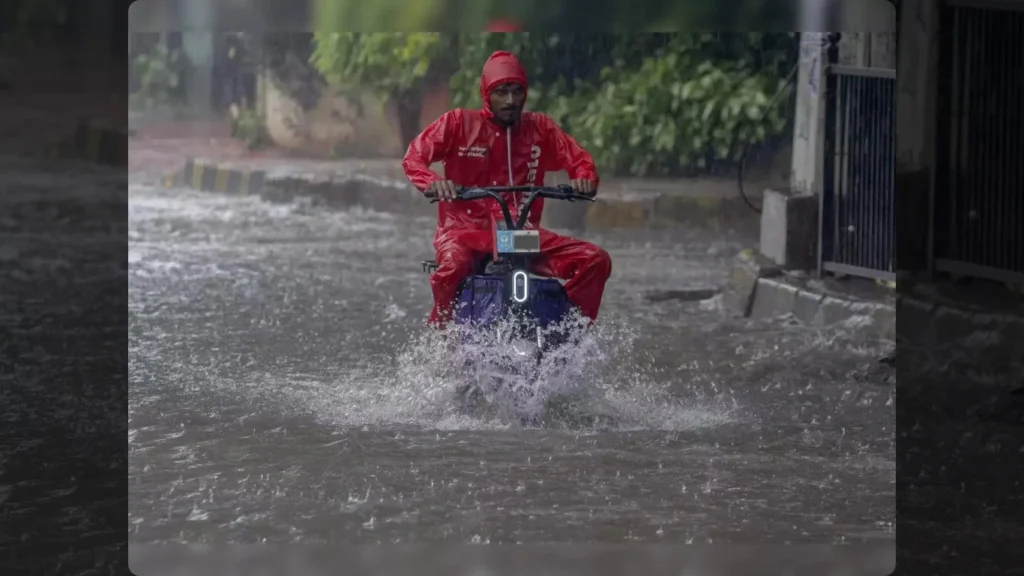
These working conditions and the work environment have become even more toxic thanks to the extreme temperature and weather patterns triggered by global warming. Now, the summers are hotter, winters colder, and rain & storm occur erratically. This means that the daily wage earners have to work in extremely harsh, unsafe, and deadly conditions in order to earn their living. They are exposed to heat waves, rain, biting wind, frostbite, and many other miserable situations. Since their daily earning depends on the work, they don’t have the privilege to take leaves. Thus, they toil outside, putting their bodies on the line. Many suffer from heatstrokes, dehydration, exhaustion, over-exertion, and compounded mental issues which even lead to suicides, chronic illness, and death.
Even those who work inside buildings and offices are not completely free from extreme temperatures. Hotter summers force us to rely more on air-conditioning. As average temperature increases each year, our reliance on ACs and consumption of energy also increases. This creates a positive feedback loop because each time we use AC, it emits GHGs in the air. These gasses increase the density of carbon in the atmosphere which traps even more heat thereby making summers hotter. Hotter summers imply more AC use and energy consumption and the cycle gets compounded.
Harsher working conditions and everyday tortures may not be as dramatic or as over the top as a storm or flood, but they also impact human life in severe ways. In fact, among many of the effects of climate change, this one pervades our daily lives and impacts each and every single individual on the planet. As long as the enviornment in which we live isn’t healthy or supportive, there can be no growth of human society. Thus, efforts must be made to create a supporting work environment thats livable and nurturing.
MENTAL AND EMOTIONAL HEALTH
In modern meme culture, there is a saying – The worst scars are those which are not visible.
Climate Change can trigger some dramtic and severe effects like natural disasters, but many of its evils are more nuanced and subtle. For instance, the delay in monsoons caused by altered ocean currents due to global warming can force farmers to borrow large sums of money and loans from banks. If weather complications and water scarcity result in the failure of crops, the farmers cannot repay the loan triggering alarming consequences like farmer suicides.
Likewise, climate change can induce vast chainlike events resulting in anxiety, PTSD, emotional distress, loss of sleep and livelihood. The recent COVID-19 global pandemic demonstrated that the deadly virus wasn’t the only antagonistic element in human society, but forced lockdowns, economic disruptions, faulty policies, and unimaginable consequences caused significant impacts on people’s mental health and wellbeing. Similarly, climate change can also damage the mental and emotional well-being of human beings.
LIFESTYLE & ROUTINE
In COVID-19, it was not just the virus that the world had to deal with, but a huge list of problems was added to the stack. Both education institutes and office spaces had to be shut down due to forced lockdown resulting in the work-from-home policy and switch to a virtual environment for survival. Many had to adapt to this new mode of living, which forced them to abandon their daily routines and abandon activities that they enjoyed on an everyday basis, such as going to the gym, barber, cinema, pubs, etc. Lockdowns and the switch to virtual existence robbed people of the simple pleasures of life, triggering even widespread protests to curb lockdown policies despite the threat of contagion.
Similarly, the rising carbon emissions, increasing temperatures, and threat of climate disaster can disrupt people’s lifestyles, routines, and behaviours. Incredible, furnace-like heat in summer can force people to abandon stepping out in the city, switch to a 24/7 air-conditioned environment and give up the pursuit of simple activities like sports. Erratic monsoon patterns can result in chaos for farmers and everyday human activities like transport and delivery. Furthermore, crop failure, lack of resources, and reactionary government policy can affect diets, work-life balance, sleep patterns, and physical health, which can have serious implications for lifestyle and general well-being.

ECONOMIC MISERY
The threat of continuous GHG emissions and global warming has forced nations to sign NDCs and pledges to stop the average world temperature from crossing the tipping point of 2C.
In order to meet the promise, many nations may be forced to shift to renewable energy and electric mobility to ensure cleaner carbon cycles. However, these shifts do not come without serious complications as they will impact all human sectors and industries.
Fossil fuel is an easy and cheap way to generate energy. It also employs a large number of people in the workforce, creating various jobs and supporting family incomes. The political shift to renewables may threaten this industry, forcing people out of the sector and pushing them to the brink of economic disaster. Likewise, when the urgency of climate disasters forces government policies, corporations, and individuals to adapt, it will significantly impact the working class, forcing them to upskill in order to match the competition. This may result in loss of jobs, severely competitive landscapes, fight for resources, and poverty.
Furthermore, the compounding of global events like armed conflicts, trade sanctions, and climate change may bring the global economy to its knees resulting in inflation and widening of the rich-poor divide.
As the world moves forward to meet climate goals, a wholesome and sustainable approach is a must to ensure balanced progress in developmental goals.
AIR POLLUTION, SMOG, AND RESPIRATORY DISEASES
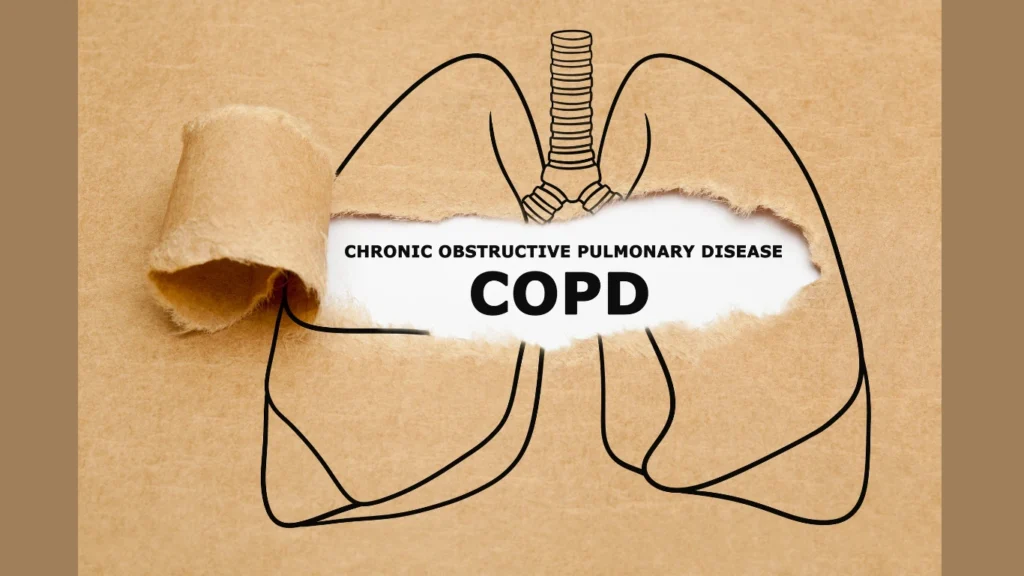
Every day, human activity, like fossil fuel burning and vehicular emissions, releases particulate matter and toxic pollutants like nitric oxide and volatile compounds into the atmosphere along with carbon dioxide. This not only contributes to global warming but also results in air pollution and formation of ground level ozone. The ozone then becomes a contributor to smog that envelops modern city worsening the air quality index and making spaces unbreathable. Poor air quality, particulate matter in air, and toxic pollutants, mix with one another resulting in severe respiratory issues for human beings and aggreievate cardiovascular conditions.
Climate change also compounds this process by bringing unique factors into the equation. For instance, hotter air alters wind and ocean currents resulting in delay of monsoon. This ends up delaying the autumn crop cycle reducing the time available for farmers to plant the crops. Thus, for places like Punjab and Haryana, in India, farmers are forced to burn residual stubble in the ground after paddy harvest so that they may begin the sowing of next crop cycle. Unfortunately, large scale paddy sutbble burning contributes to air pollutions and adds to ground level smog spreading toxic pollutants into the air.
These air pollutants contain fine paritculate matter (PM) which are so small that they can enter the lungs and bloodstreams, and cause multiple health issues like heart disease, lung cancer, chronic obstructive pulmonary disease (COPD), respiratory infections like pneumonia, stroke, type 2 diabetes, and pregnancy related issues.
Furthermore, air pollution, smog, and paddy burning forces government to incorporate desperate policies such as banning vehicular use, odd-even policies, and forced lockdown which causes stress, anxiety, and economic loss for humans.
CONCLUSION
Climate change is a complex phenomenon with far-reaching consequences on health, driven by a chain of events and compounded effects. It affects us in diverse ways, highlighting the urgent need for strategies focused on mitigation, adaptation, and collective action at the global level. While the alarm bells are ringing, there is still time to avert disaster through the use of renewable energy, innovative technologies, policy support, and global consensus. Climate Change also presents an opportunity for us to change ourselves and build a healthier and more sustainable future.
